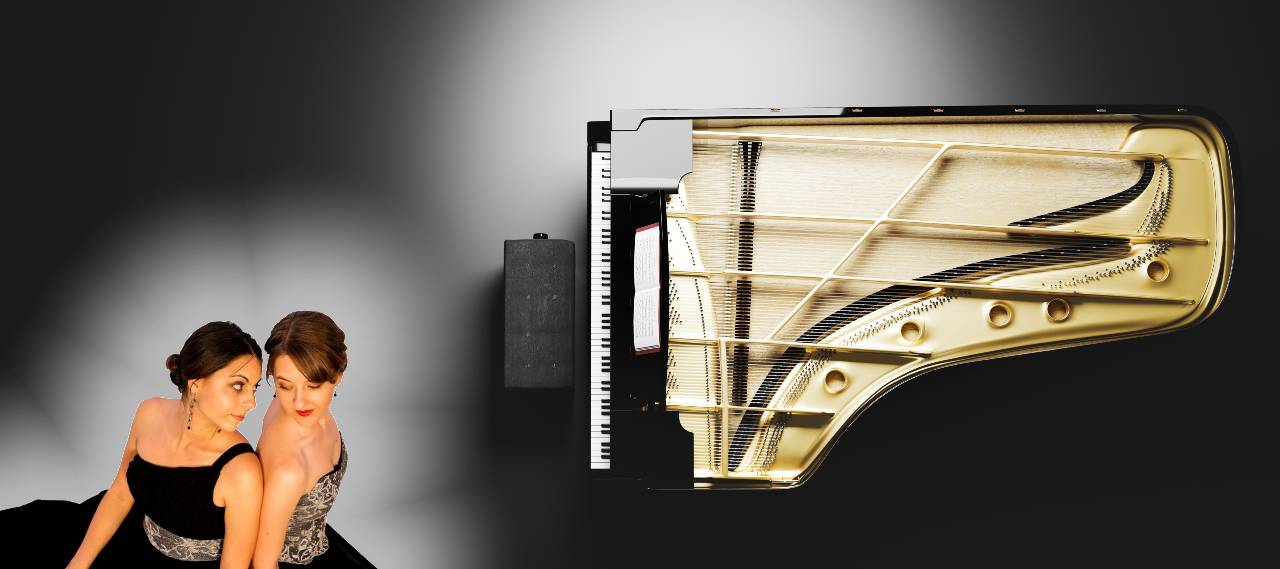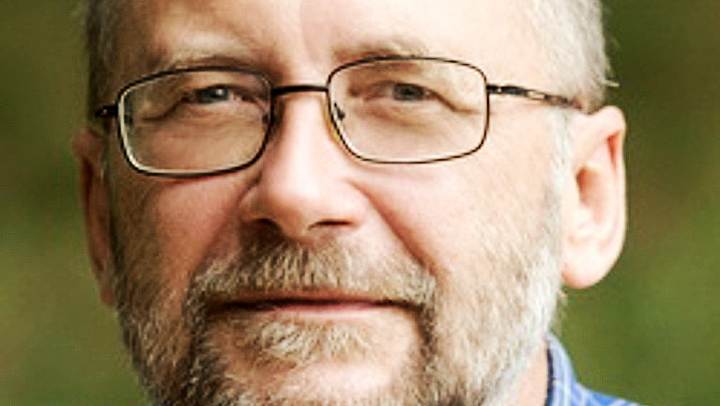
Concert by Enikő Görög and Noémi Görög / ArTRIUM
In the evening of 24 June, Bartók Radio’s Ars Nova programme featured a concert recorded in Studio 6 of the Hungarian Radio on 15 May. The concert itself formed part (VI/4) of ArTRIUM, the muster of contemporary music by the Hungarian Radio. REVIEW BY JÁNOS MALINA.
The performers were the Görög Sisters from Subotica, Enikő Görög and Noémi Görög, who are closely connected to Hungary — one of them teaches in Subotica, the other in Szeged —, but they feel at home on the international concert scene too. They have performed and successfully competed in several countries as solo and duo pianists alike.
The programme of their recent concert was audience-friendly, original and high quality at the same time. Contrary to the rich repertoire of Classicism and Romanticism, 20th and 21st century music is not abundant in works written for four hands or piano duo, yet only two of the four pieces performed were arrangements, which deserves credit. It must be also noted that one of these two transcriptions was produced by the composer himself, so it was completely authentic. In addition, the concert was the premiere of the same piece. The other compositions on the programme that spanned nearly a century were penned by composers born in the US or in the former USSR.

The concert opened with the arrangement of Alfred Schnittke’s Gogol Suite (originally written for orchestra in 1981) for two pianos by Valery Borovikov. The seven-movement suite is a very appealing composition as a whole: it is vigorous, virtuoso, well-sounding and varied — and all this wonderfully reflected in the confident and perfect performance of the Görög Sisters. However, Schnittke’s music is much more than what the surface shows: this significant plus can be attributed to the mockery emanating from the grotesque “Bureaucrats” movement, the unique suggestiveness of the waltz in the ball scene and the touching tragedy of the final movement titled “Testimony”. The grandeur of the performers was demonstrated by the fact that apart from the brilliant and impressive features they were also able to show the depths of the work too.
Then came the premiere of Partita by Hungarian contemporary composer Balázs Kecskés D. arranged for two pianos. The four-movement piece, originally composed for one piano, is an experimental piece from his workshop integrating effects from chaconne to pop music in unique combinations with various piano effects. Yet the work gives a fresh feel, lacks redundancies and never becomes boring. While playing this piece, the two performers demonstrated their engagement, sensitivity and openness towards the intellectual side of music.
Samuel Barber’s Souvenirs from 1952, originally written as a collection of duets for piano, can be regarded as a suite even more than the concert’s opening piece by Schnittke, since the titles of the movements are reminiscent of various dances, e.g. “Pas de deux”, “Two-step” or “Hesitation Tango”. In fact, Souvenirs is more of a series of brilliant character pieces that — although they lack the deepness present in Schnittke’s works — are not only of high standard, but often extremely witty. In addition, these pieces allowed the Görög Sisters to show that they maintain control and accuracy of their play in brilliant, virtuoso movements and burlesque characters alike.
In this extremely versatile programme, the most unique piece was perhaps the closing piece, Songs for two pianos written by the Latvian female composer Selga Mence. Having studied composition and musicology, Mence joined several music organisations and became an engine of the Latvian choral movement (deeply rooted and active in all Baltic states). She developed into an acclaimed choral composer, and she was also keen on composing for children.
Later, her enthusiasm for folk poetry led her towards the composition of songs, while in the past few decades she has found pleasure in the manifestation of poetry and nature in instrumental music too. These pieces include the five songs performed by the Görög Sisters, the titles of which refer not to lyrics, but to natural phenomena, such as “The Song of the Winter Stars”, “The Song of the Wind” or “The Song of the Grass”. These songs are admittedly the musical reproduction of natural scenes.
However, one should not regard with prejudice Mence’s concept of “instrumental song of nature”, since in most cases her sound murals, resembling still images, exert cosmic effects and are far from being the repercussions of nature. In fact, they evidence a rich fantasy of colours and harmonies, and are extremely suggestive. The final piece, “The Song of the Stones” is anything but static music: the piece conveys a natural disaster with frightening directness.
The performers again showed a new side of themselves: they created an infinite palette of colours and textures, almost full orchestral sounding on their pianos, adding a bit of a magical twist to the extraordinary concert.
Author: János Malina
June 28th 2021. Revizor
Leave a Reply